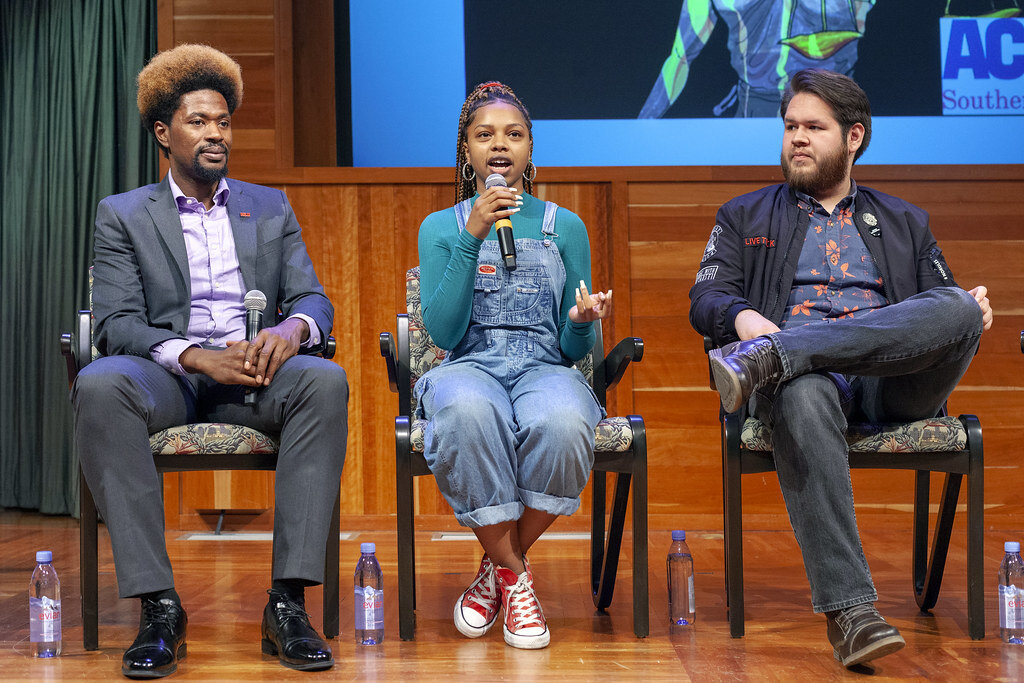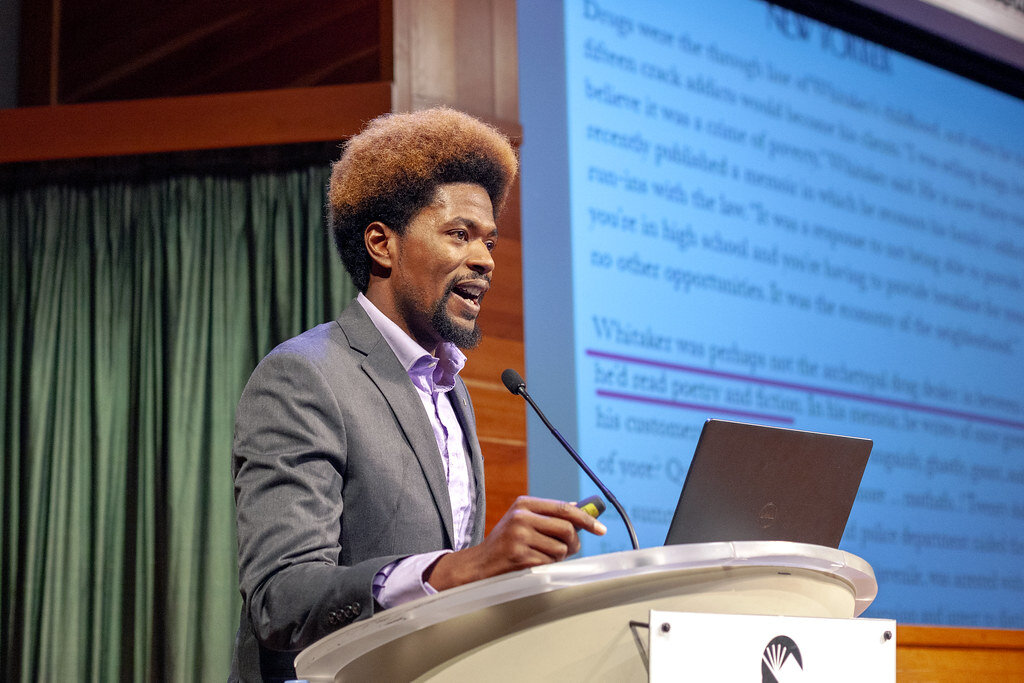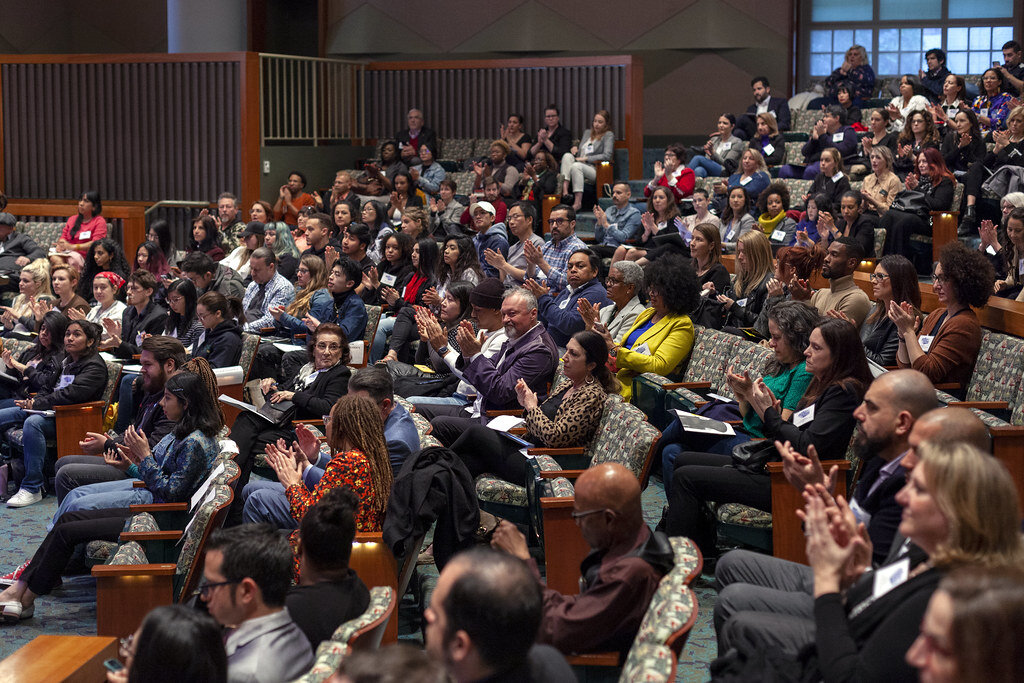Creative Production in a Post-COVID World
Production companies and studios have been coming together to figure out how to, at the very least, create new safe-set standards. Let’s see what they’ve come up with so far…
This is going to be interesting AF. Here we are at a moment in history with a once-in-a-lifetime opportunity to make over the production process into one that truly benefits all the people who come together to make it work. We have the opportunity to go from “This is just how it’s done.” to “This is how we’ve always wanted to do it.” Will we take advantage? One only hopes. Take this article for example, where post-production supervisor Amanda Hanna-McLeer outlines the, frankly, dehumanizing working conditions that comes with being a “below-the-line” crew member on a television show.
While the pandemic has brought massive amounts of uncertainty to how the entertainment industry will go forward, one positive consequence is that we have a chance to make over our production process into one that is more humane and respectful of the time and energy that thousands of people put into it. One of the positive consequences for actors is that the vast majority of castings will be self-tape, with Zoom callbacks, for at least the next year. This means that one no longer has to feel bound to living in New York or Los Angeles to get the “auditions room” anymore.
Production companies and studios have been coming together to figure out how to, at the very least, create new safe-set standards. Let’s see what they’ve come up with so far…
INDUSTRIAL COLOR
They are one of the foremost media production companies in America, with studios in Los Angeles, New York City, and Philadelphia. Their plan is detailed to the point of addressing crew and talent meals, and how wardrobe and makeup/hair will have to prepare before even setting foot on premises.
E/S COLLAB.
Based in New York City and Sydney, Australia, E/S provides executive business services for productions. Their approach to COVID-19 preparedness going forward was to provide a roundup of protocols enacted in each state. Additionally, they’ve linked to standards proposed by industry labor organizations.
LA COUNTY
The county of Los Angeles, working with an industry group helmed by NBCU CEO Jeff Shell, has set forth a public health order outlining protocols for the reopening of music, television, and film production. The fine folks at Deadline wrote up a summary of what to expect, if you don’t want to read through the legalese of the Order.
SAG-AFTRA
While they are not a production company, SAG-AFTRA holds major industry sway as THE actor’s union. Additionally, they function as a professional organization that even non-union talent looks toward for guidance when sticky issues may come up on set. Basically, actors are the most vulnerable workers on a set, so until the union gives their blessing on a production, most actors will stay home.
An important link you should add to your bookmarks is FilmLA’s Covid-19 Resource page. They are keeping it updated with availability information about when public areas in Los Angeles will re-open, and how to secure permits when they do. But keep in mind that, to date, not a single insurance company will offer COVID-19 coverage. A few small non-union and indie productions are definitely shooting here and there. And on several, they swear up and down they’re being safe. But if the entire cast and crew has to sign a waiver releasing the production from responsibility if COVID is contracted during the production, is it really worth shooting?
Reporting On The Report.
This year’s event was enriching on several layers. The TL;DR - jobs and careers in the arts and entertainment are the biggest employment sector in Los Angeles County. And as a result of institutional racism, lack of access/apprenticeships, nepotism…
Each year, Otis College commissions a whitepaper on the state of the creative economy in California. And each report is its own event, where the networking is excellent, the breakfast is hearty, and the conversation is meaty. Arts professionals and creatives from both public and private sectors are drawn together to co-mingle, network, and keep their finger on the pulse of the life-blood of the arts and entertainment in southern California.
This year’s event was enriching on several layers. The TL;DR - careers in the arts and entertainment are the biggest employment sector in Los Angeles County, accounting for 1 out of 5 jobs. And these jobs are future-proof: the skills and competencies in creative occupations cannot be automated. And as a result of institutional racism, lack of access/apprenticeships, nepotism, and more, LA County’s high schoolers of color are being shut out of opportunities to make post-secondary lives for themselves in these fields that, oftentimes, they don’t even know exist. What was enriching was that, rather than engaging in helpless debate about the issue, Otis carved out time and space for young artists to speak on their experiences to the gathered audience.
Photo credit: Monica Nouwens/Otis College of Art and Design. All Rights Reserved
Additionally, time was granted to Dr. Amir Whitaker - founder of Project Knucklehead, a national non-profit dedicated to community arts - to make a case for arts education as a pillar of workforce development. In fact, his presentation inspired the beginnings of a plan for KRAFTED to create physical and energetic space to prepare the next generation of young artists for the creative workforce.
Click here to view and download the 2020 Otis College Creative Economy Report. Also, I really encourage you to set aside some time, make yourself a meal, and dig into this replay of the entire program below (skip ahead to 00:24:30)





